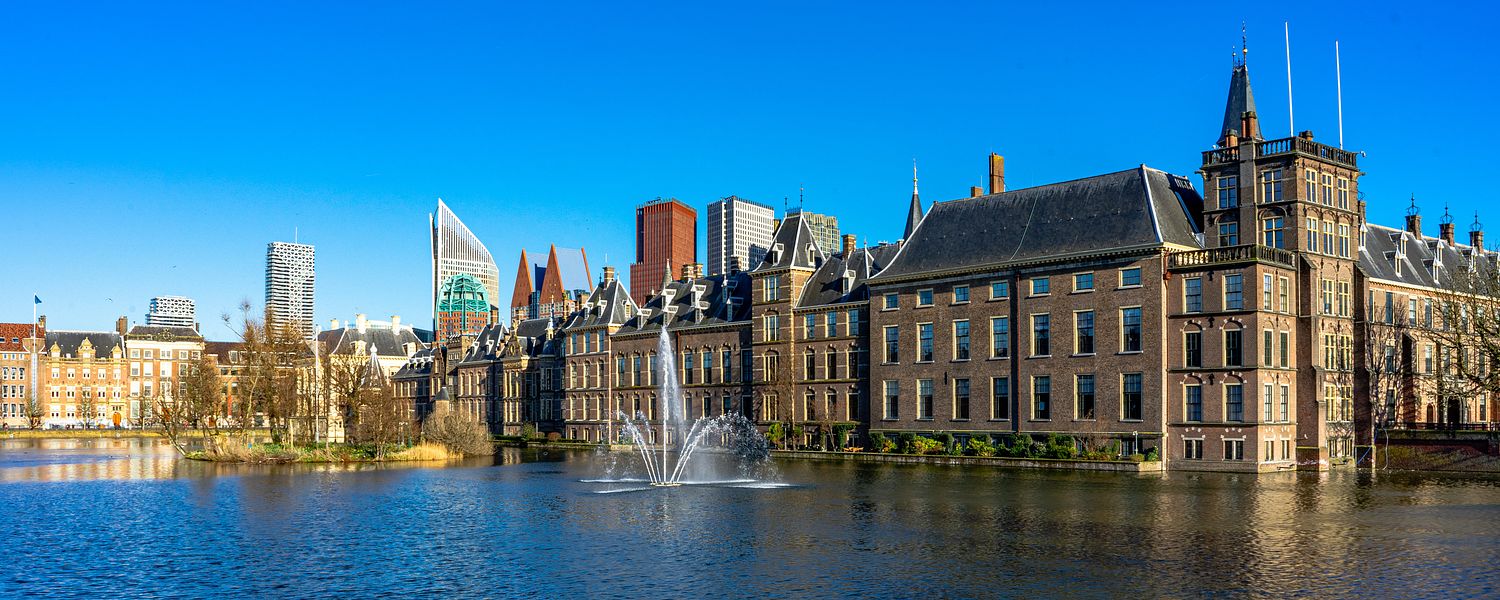
Provided by:
Alireza Parpaei/Unsplash

Our travel guides are free to read and explore online. If you want to get your own copy, the full travel guide for this destination is available to you offline* to bring along anywhere or print for your trip.
*this will be downloaded as a PDF.Price
€4,95
The City
The guide was updated:
The name ‘The Hague’ can be loosely translated as the ‘Count’s Hedge’, which refers to the hunting grounds that the Dutch Counts used to visit in the early 13th century. During the time of Count Floris IV, a modest hunting lodge was built as a place for the nobility and their court to discuss diplomatic matters. This hunting lodge would later be known as the Binnenhof, the castle around which the city has been built.
After many years of war in the Netherlands, the Hague served as a safe haven for diplomats to come together and negotiate peace. During the 16th century when the Spanish invaded and forced the Dutch to revolt, Count William of Orange put together his government cabinet in the Hague and to this day it remains the seat of the Dutch government.
The 17th century marked the start of the Dutch Golden Age, a time when travellers came from all over the world to marvel at Dutch innovation and ingenuity. Two of the Dutch Master painters, Rembrandt and Vermeer were born and raised during this time in the areas surrounding the Hague. The city recognises their contributions and cultural significance to the Netherlands by preserving their work in some of the palatial museums that can be found here.
The next couple of centuries would see a great expansion in the Hague. King William II of the Netherlands greatly increased the size of the Noordeinde Palace in the 19th century, building upon the work already done there, and then the Peace Palace was constructed after the Second World War. From this time on, the Hague would be formally known as the 'International City of Peace and Justice'. Today, the UN International Court of Justice in the Hague is where international laws are passed, and global leaders must come to defend their questionable actions.
After many years of war in the Netherlands, the Hague served as a safe haven for diplomats to come together and negotiate peace. During the 16th century when the Spanish invaded and forced the Dutch to revolt, Count William of Orange put together his government cabinet in the Hague and to this day it remains the seat of the Dutch government.
The 17th century marked the start of the Dutch Golden Age, a time when travellers came from all over the world to marvel at Dutch innovation and ingenuity. Two of the Dutch Master painters, Rembrandt and Vermeer were born and raised during this time in the areas surrounding the Hague. The city recognises their contributions and cultural significance to the Netherlands by preserving their work in some of the palatial museums that can be found here.
The next couple of centuries would see a great expansion in the Hague. King William II of the Netherlands greatly increased the size of the Noordeinde Palace in the 19th century, building upon the work already done there, and then the Peace Palace was constructed after the Second World War. From this time on, the Hague would be formally known as the 'International City of Peace and Justice'. Today, the UN International Court of Justice in the Hague is where international laws are passed, and global leaders must come to defend their questionable actions.


